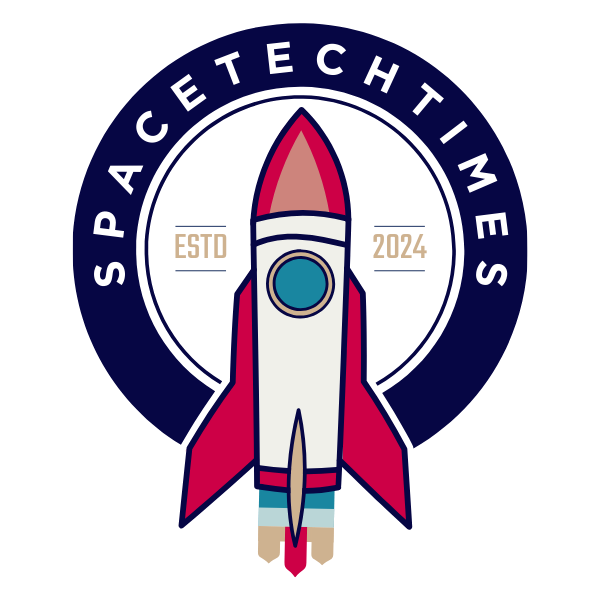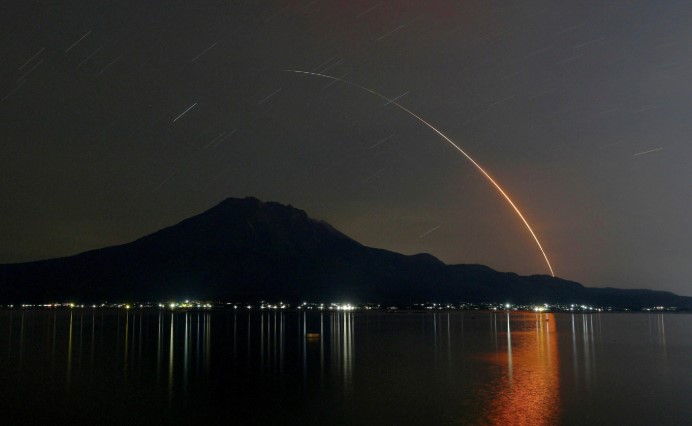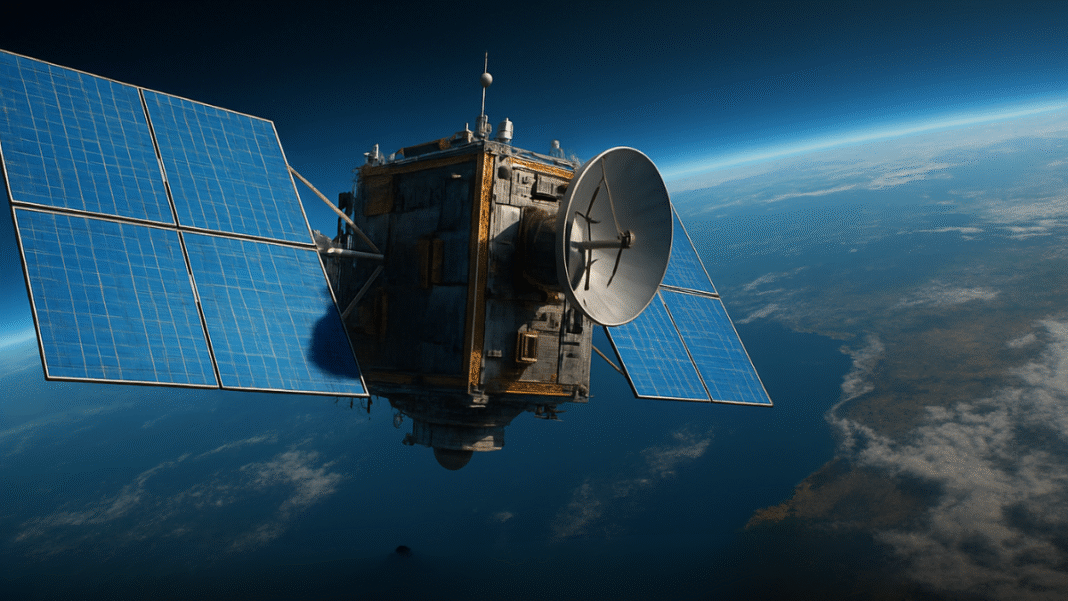On Sunday, Japan used its dependable H-2A rocket to successfully launch a climate change monitoring satellite for the last time. This historic lift-off took place from the Tanegashima Space Center in southwestern Japan. The mission marked the 50th and last flight of the H-2A, a rocket that has played a vital role in Japan’s space missions for over two decades.
Historic Final Flight of Japan’s H-2A Rocket
The rocket carried the GOSAT-GW satellite into space. Global Observing SATellite for Greenhouse Gases and Water Cycle is known as GOSAT-GW. It is intended to track important climate-related factors like water cycles, carbon dioxide, and methane. The satellite successfully split from the rocket and achieved its intended orbit about sixteen minutes after launch.
This final flight was delayed by a few days due to an issue with the rocket’s electrical system. But once resolved, the mission was executed flawlessly. After the satellite entered orbit, staff at the control center shared moments of joy and celebration. The launch marked a powerful end to the operational life of the H-2A rocket, which has been in service since 2001.
🚀🇯🇵 Honda’s Hidden Rocket Shocker: Japanese Carmaker Launches Surprise Spacecraft Test
With only one failure in its entire history — back in 2003 — the H-2A has maintained a 98% success rate. It has played a key role in placing numerous satellites and probes into space, including a recent moon lander and an asteroid sample return mission.
Purpose of the GOSAT-GW Climate Satellite
The main goal of the GOSAT-GW satellite is to monitor greenhouse gases and global water cycles. This satellite is the third in a series of missions designed to gather precise information about climate change. It will also provide high-resolution data on sea surface temperature and rainfall patterns.
This data will be accessible to numerous organizations worldwide within a year. The National Oceanic and Atmospheric Administration of the United States will be one of the primary users. The GOSAT-GW is expected to help scientists and agencies better understand how Earth’s climate is changing.
Nurturing our Planet: Unveiling the Journey of Global Environmental Conventions
This satellite carries instruments that can capture more detailed environmental information than its earlier versions. It will orbit the Earth and collect measurements from different parts of the globe. These measurements are crucial for monitoring the levels of harmful gases in the atmosphere and how water is moving around the planet.
Japan’s continuous attempts to solve climate-related issues are shown in the debut of GOSAT-GW. It also highlights the country’s contribution to global scientific research on environmental issues.
H-2A’s Legacy and Transition to H3 Rocket
The H-2A rocket has been Japan’s workhorse in space for more than two decades. Built using a combination of liquid-fuel and solid-fuel technology, it was developed by the Japan Aerospace Exploration Agency. Mitsubishi Heavy Industries has been in charge of the rocket’s launch activities since 2007.
Over the years, the H-2A has launched various important missions. These include satellites for communication, weather monitoring, and planetary exploration. It also successfully launched Japan’s SLIM moon lander and the Hayabusa2 asteroid probe, both of which gained international attention.
Now, Japan is shifting its focus to a newer, more advanced rocket: the H3. The H3 is already in operation and is being positioned as Japan’s new flagship rocket. It is designed to carry heavier loads than the H-2A but at a significantly lower cost. This move aims to make Japan more competitive in the global satellite launch market.
UK space agency unleashes satellites to track pollution, protect nature, and prevent disasters
So far, the results of the H3 rocket have been mixed. Four of its missions have been accomplished since a maiden attempt in 2023. This indicates that the system is becoming more dependable. In addition to the H3, Japan is working on the Epsilon, a smaller rocket vehicle designed to meet various satellite launch requirements.
With the retirement of the H-2A, Japan can now concentrate its resources on these new-generation launch systems. The end of H-2A’s era marks a turning point in Japan’s space journey. It also opens up new possibilities for future space transport and satellite missions.




